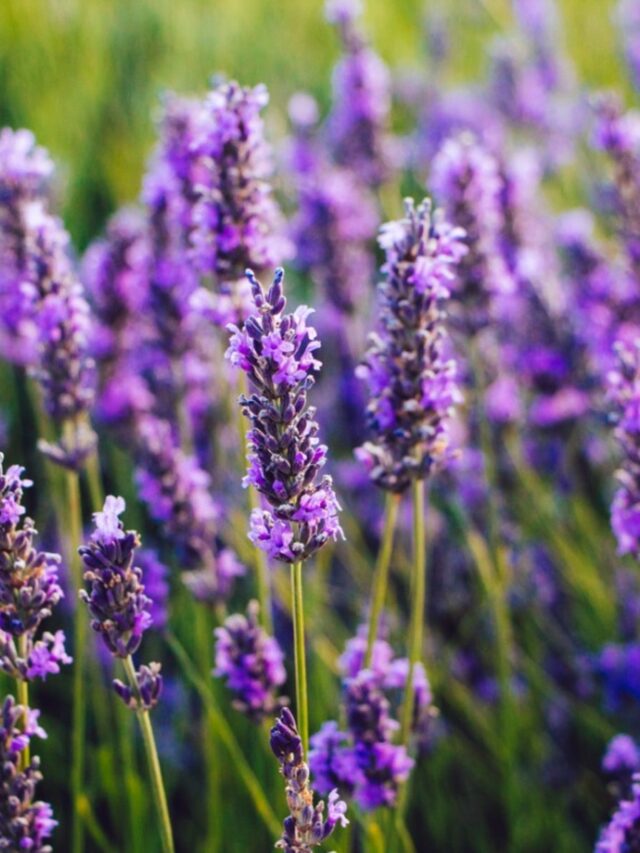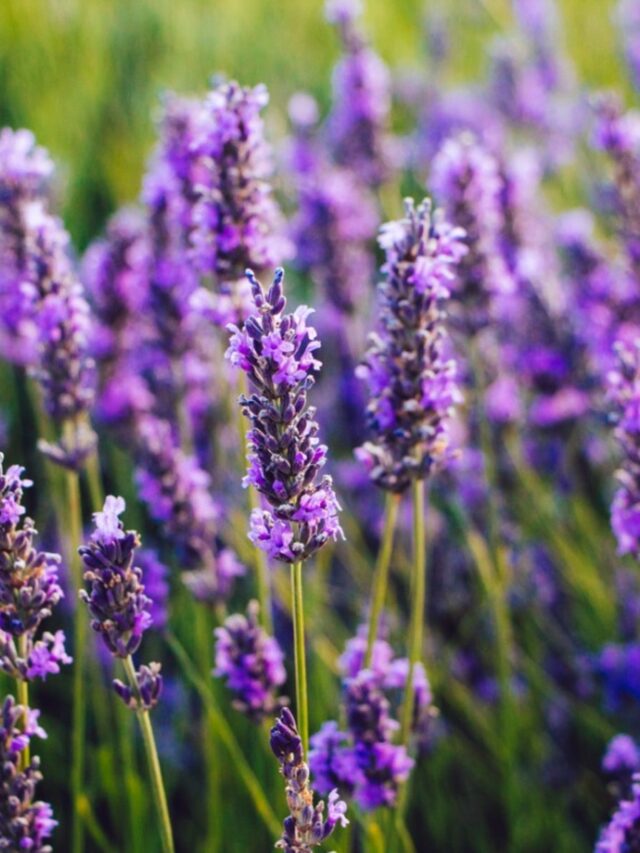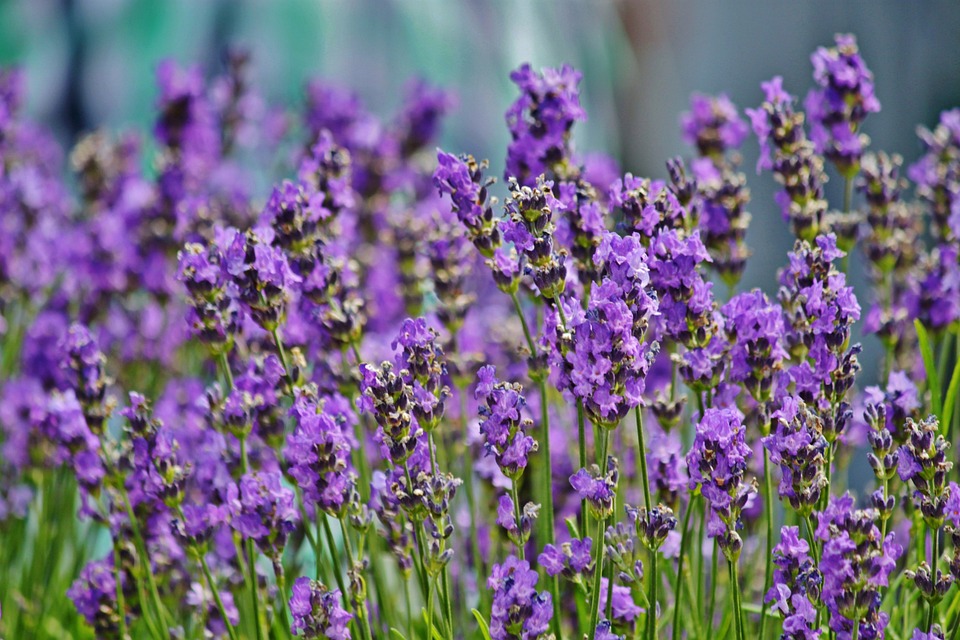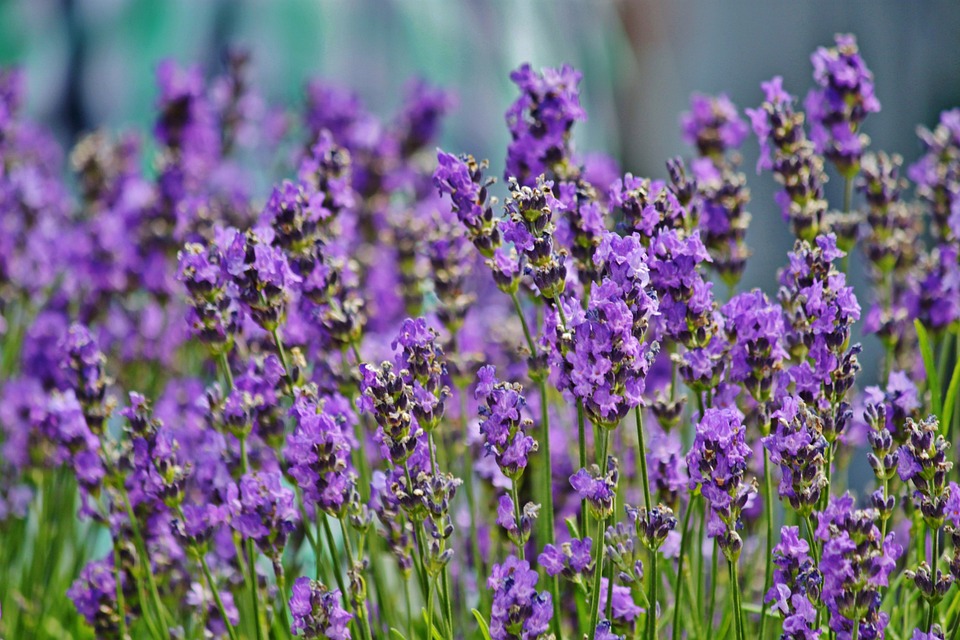Hummingbirds are one of the most fascinating creatures in the avian world.
With their iridescent feathers, incredible agility, and unique behaviors, these tiny birds never fail to capture the imagination of bird enthusiasts and casual observers alike.
In this article, we’ll delve into some of the most intriguing aspects of hummingbirds, shedding light on their remarkable characteristics and behaviors.
Hummingbird Basics: Size and Species Diversity

Hummingbirds belong to the family Trochilidae and are native to the Americas.
Despite their diminutive size, with the smallest species measuring only about 3 inches in length, hummingbirds exhibit remarkable diversity.
There are over 300 known species of hummingbirds, each displaying distinct plumage patterns and behaviors.
Flight Mastery: The Wonders of Hovering

One of the most remarkable feats of hummingbirds is their ability to hover in mid-air.
Unlike most birds, which rely on gliding or soaring to conserve energy during flight, hummingbirds can hover effortlessly thanks to their rapid wing beats, which can exceed 50 beats per second.
This unique capability enables them to sip nectar from flowers with precision, making them effective pollinators.
Nectarivores Extraordinaire: Feeding Habits

Hummingbirds have a voracious appetite for nectar, which serves as their primary source of energy.
To fuel their high metabolism, they must consume nectar multiple times per day, visiting hundreds of flowers in the process.
Their long, specialized bills and extendable, tube-like tongues are perfectly adapted for extracting nectar from deep within flowers.
Brilliant Plumage: The Magic of Iridescence

One of the most striking features of hummingbirds is their iridescent plumage.
Unlike conventional pigments, the vibrant hues seen in hummingbird feathers are produced by microscopic structures that refract and reflect light, creating dazzling displays of color.
Depending on the angle of light, their feathers can appear to shimmer and change color, adding to their allure.
Courtship Rituals: Nature’s Spectacle

During the breeding season, male hummingbirds engage in elaborate courtship displays to attract females.
These displays often involve acrobatic flight maneuvers, rapid dives, and flashy plumage displays.
The male’s goal is to impress the female with his agility and prowess, demonstrating his suitability as a mate.
Nesting Behavior: Tiny Architects

Despite their small size, hummingbirds are skilled nest builders.
Using materials such as plant fibers, moss, and spider silk, they construct intricate, cup-shaped nests in sheltered locations, often camouflaging them with lichen or moss.
Female hummingbirds alone are responsible for incubating the eggs and raising the young, demonstrating remarkable maternal dedication.
Migration Marvels: Epic Journeys

Some species of hummingbirds undertake incredible migratory journeys, traveling thousands of miles between their breeding and wintering grounds.
These migrations require precise navigation skills and tremendous endurance, as the birds navigate diverse landscapes and weather conditions.
Understanding the mechanisms behind hummingbird migration remains an active area of research for scientists.
Ecological Importance: Pollinators Par Excellence

Hummingbirds play a vital role in ecosystem health as pollinators.
By feeding on nectar and inadvertently transferring pollen between flowers, they facilitate plant reproduction and contribute to the diversity of plant species.
Many flowering plants have co-evolved with hummingbirds, developing specialized floral traits to attract these feathered pollinators.
Threats and Conservation Efforts

Despite their remarkable adaptations, hummingbirds face numerous threats in the wild, including habitat loss, climate change, and pesticide use.
Conservation efforts aimed at protecting critical habitats, establishing wildlife corridors, and raising awareness about the importance of preserving these charismatic birds are essential for their long-term survival.
Conclusion
Hummingbirds are truly remarkable creatures, embodying the beauty and wonder of the natural world.
From their unparalleled flight capabilities to their dazzling plumage and essential ecological roles, these tiny birds continue to captivate and inspire awe.
By learning more about hummingbirds and supporting conservation efforts, we can ensure that future generations will have the opportunity to marvel at these avian marvels.
FAQs (Frequently Asked Questions)
1. How fast can hummingbirds fly?
Hummingbirds are incredibly agile flyers, capable of reaching speeds of up to 30 miles per hour in level flight and even faster during dives or chases.
2. What is the lifespan of a hummingbird?
The lifespan of a hummingbird varies depending on the species, but most individuals live for about 3 to 5 years in the wild.
3. Do hummingbirds migrate?
Yes, many species of hummingbirds undertake seasonal migrations between their breeding and wintering grounds, traveling hundreds or even thousands of miles.
4. What do hummingbirds eat besides nectar?
In addition to nectar, hummingbirds also consume small insects and spiders, which provide essential protein and nutrients, especially during the breeding season.
5. How can I attract hummingbirds to my garden?
To attract hummingbirds to your garden, plant a variety of nectar-rich flowers such as trumpet vine, salvia, and bee balm, and provide sugar water in feeders.
Also, avoid using pesticides and herbicides, as these can harm hummingbirds and their food sources.






